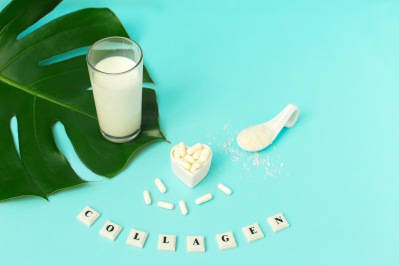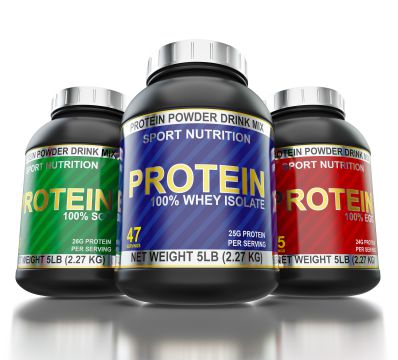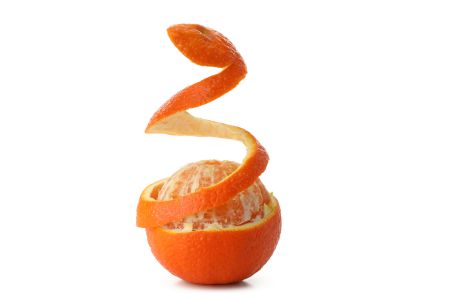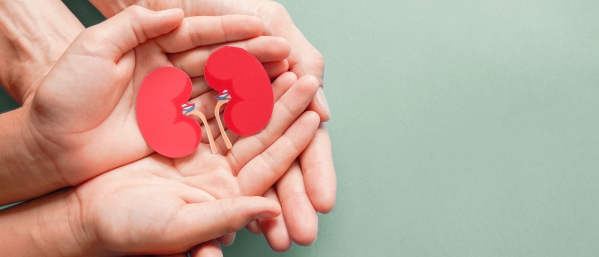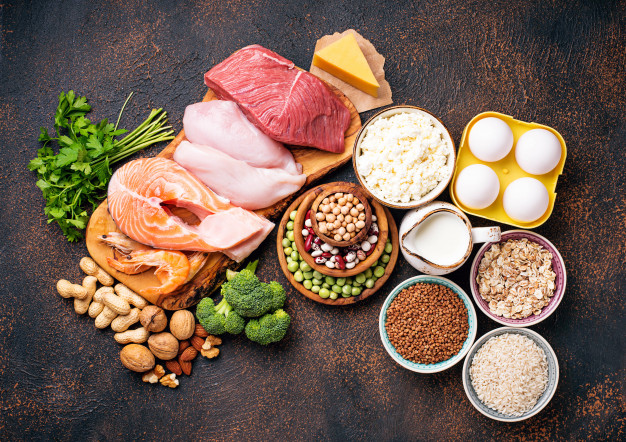Anemia is an abnormal condition of body, which is characterized by the qualitative and quantitative deficiency of RBC as well as hemoglobin. It is basically considered as a micronutrient deficiency disorder (especially iron deficiency disorder) and it should be treated properly otherwise it may become very severe in its manifestation. Anemia is recognized as one of the leading cause of increasing maternal morbidity and mortality rate tough it can affect individual of any age and causes severe health hazards.
Prevalence
- According to World Health Organization (WHO), anemia affects about 1.62 billion people globally
- Anemia is more prevalent among preschooler children, adolescent girl and pregnant women where as males are less prevalent
- As per the data of WHO, the Worldwide prevalence of anemia are given below (www.who.int) –
- 47.4% of pre-school going children are anemic
- 25.4% of school going children are anemic
- 48.4% of pregnant women are anemic
- 30.2% of non pregnant women are anemic
- 12.7% of males are anemic
- 23.9% of elderly are anemic
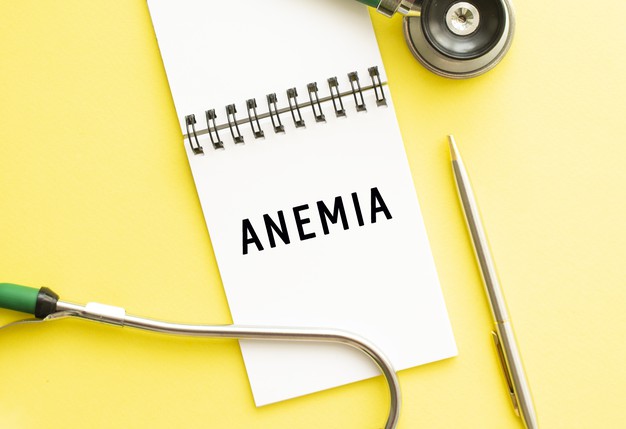
Causes
Several factors are responsible for developing anemia in humans. Basically the causative factors of anemia are broadly divided into two types, which include nutritional causes and non nutritional causes.

Below points will provide an overview of both causes of anemia –
Nutritional causes
- Prolong consumption of a diet, which is poor in iron, protein, Vitamin B9 and Vitamin B12 are considered as the main nutritional cause of anemia
- Poor absorption of iron from intestine due to intestinal complications or anomalies causes iron deficiency that ultimately leads to anemia
- Poor food intake during increased demand phase of body like, during pregnancy or lactation increases the risk of developing anemia
- Poor consumption of Vitamin E is also responsible for developing anemia as Vitamin E plays significant role in maintaining the structure as well as the functionality of the RBC membrane
- Poor maternal nutritional status is accountable for giving birth of babies especially LBW (low birth weight) babies with poor iron storage and thus they are more susceptible to develop anemia especially iron deficiency anemia later in life
- Infant who is breast fed by vegan mother is more prone to develop anemia later in life
- Late weaning is also responsible for developing anemia whereas prolong breast feeding (even after 6 months of age) is also accountable for developing anemia as only breast milk is not sufficient to fulfill the need of the infant’s body at that time
Non nutritional causes
- Heavy bleeding during menstruation
- Excessive bleeding due to any accidents
- Blood loss during or after surgery
- Prolong consumption of non steroidal anti-inflammatory drugs (NSAID)
- Adolescence pregnancy
- Multiple births
- Poor maintenance of hygiene and sanitation
- Hook warm infestation
- Malignancy

Consequences of anemia
- Individuals with anemia experience a deficiency of oxygen in their body tissue as they do not contain enough RBC as well as hemoglobin to carry oxygen. As a result they suffer from breathlessness. It has also seen that the activity level of anemic individuals are comparatively poor than others
- Insufficient oxygen supply as well as deficiency of iron is closely related with hindering the release of energy in cell (as iron is an important part of cytochrome, which is essentially required for ATP synthesis) that ultimately leads to develop general weakness, headache, apathy and fatigue
- It also affects the normal structure and functionality of epithelial tissue
- Skin becomes pale
- The colour of the lower eyelid becomes pink instead of bright red
- The nails become spoon shaped
- It also causes various behavioral changes. Anemic individuals are tend to be more irritable, restless and disruptive in nature
- It develops paraesthesia especially in fingers and toes
- Diminution of vision may also present
- Anemia during pregnancy is very severe as it affects the growth and development of the fetus and also causes various complications during delivery

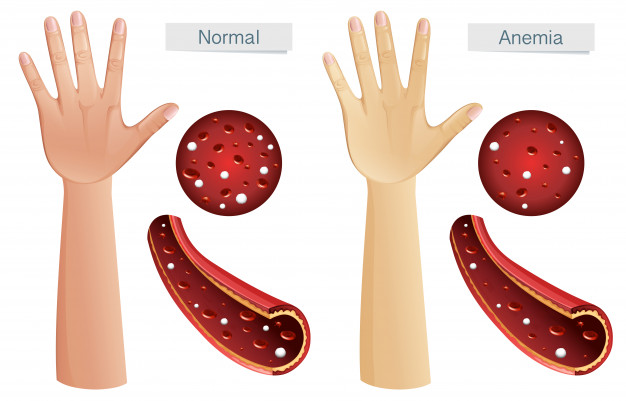
Nutritional management
Diet is considered as one of the most important feature for preventing nutritional anemia as it helps to provide proper nutritional support to individuals for correcting their deficiencies.
Principle of diet
Protein rich diet should be consumed with adequate incorporation of iron, folic acid, cyanocobalamin, Vitamin C and Vitamin E
Energy
- Individual should consume calorie as per RDA (recommended dietary allowance)
- It is better to obtain the daily calorie mainly from carbohydrate and fat
Protein
- Diet should be rich in protein especially in animal proteins like egg, fish, milk and poultry
- It is better to consume 1.2g of protein per kg of ideal body weight for preventing anemia as protein is associated with synthesizing globin protein that helps to promote the synthesis of hemoglobin
- It is better to include all essential amino acids in the diet
- Plant protein can also be consumed like pulses, legumes, beans but the diet should contain enough animal protein due to their high biological value
Carbohydrate
- 60% of total calorie should come from carbohydrate
- It helps to provide energy and also spares protein for energy providing purposes

Fat
- Moderate amount of fat can be consumed
- 30% of total calorie intake should come from fat and it is always better to consume unsaturated fatty acid
- Diet should contain essential fatty acids as well
Vitamins
- All vitamins should be consumed as per recommendation
- Diet should contain enough Vitamin C, as Vitamin C helps in iron absorption
- Vitamin E should be consumed in required amount as it helps to maintain the integrity of the cell membrane of RBC
- Diet should also contain Vitamin A that helps to promote the growth and function of eye and epithelial tissue. It also acts as antioxidant hence its consumption is very effective for preventing oxidative stress
- Consumption of B Vitamins are extremely useful as Vitamin B1, B2, B3 and B5 help in metabolism whereas Vitamin B9 and B12 help to reduce the prevalence of megaloblastic anemia as well as pernicious anemia
Minerals
- Diet should contain all trace elements as per recommendation but special consideration should be provided on iron and selenium
- Consumption of iron rich food such as spinach, dates, sprouts, eggs, liver, amaranth, sesames are very beneficial to improve the symptoms of anemia

General consideration
- Proper consumption of diet is very much important for reducing the prevalence of anemia
- Along with diet individual can also consume iron folic acid tablet (as per the recommendation of health experts) for early recovery
- It is better to avoid the consumption of phytate and oxalate as they are responsible for inhibiting iron absorption
- Proper rest should be taken
- It is better to maintain proper hygiene for decreasing the susceptibility of infectious diseases that ultimately helps to decreases the prevalence of anemia by preventing hemolysis
- Plenty of water should be consumed
- Special care should be provided to pregnant and lactating women for increasing their body iron stores, which ultimately help to protect them from the harmful consequences of anemia
- Whereas in extremely severe condition (when the hemoglobin level becomes less than 5g/dl) blood transfusion is required
Evaluation
Improvement in the hemoglobin level as well as in the hematocrit value is considered as the primary indicator of recovery.
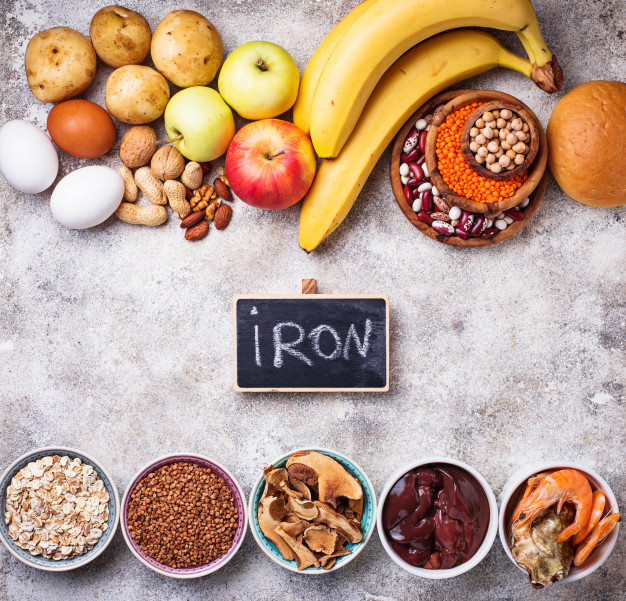
Source:
de Sá, S.A., Willner, E., Pereira, T.A.D., de Souza, V.R., Boaventura, G.T. and de Azeredo, V.B., 2015. Anemia in pregnancy: impact on weight and in the development of anemia in newborn. Nutricion hospitalaria, 32(5), pp.2071-2079.
Di Renzo, G.C., Spano, F., Giardina, I., Brillo, E., Clerici, G. and Roura, L.C., 2015. Iron deficiency anemia in pregnancy. Women’s Health, 11(6), pp.891-900.
Juffrie, M., Helmyati, S. and Hakimi, M., 2020. Nutritional anemia in Indonesia children and adolescents: Diagnostic reliability for appropriate management. Asia Pacific Journal of Clinical Nutrition, 29.
Lipoeto, N.I. and Nindrea, R.D., 2020. Nutritional contributors to maternal anemia in Indonesia: Chronic energy deficiency and micronutrients. Asia Pacific Journal of Clinical Nutrition, 29.
Lukito, W. and Wahlqvist, M.L., 2020. Intersectoral and eco-nutritional approaches to resolve persistent anemia in Indonesia. Asia Pacific Journal of Clinical Nutrition, 29.
Soliman, A.T., De Sanctis, V., Yassin, M. and Soliman, N., 2017. Iron deficiency anemia and glucose metabolism. Acta Bio Medica: Atenei Parmensis, 88(1), p.112.


